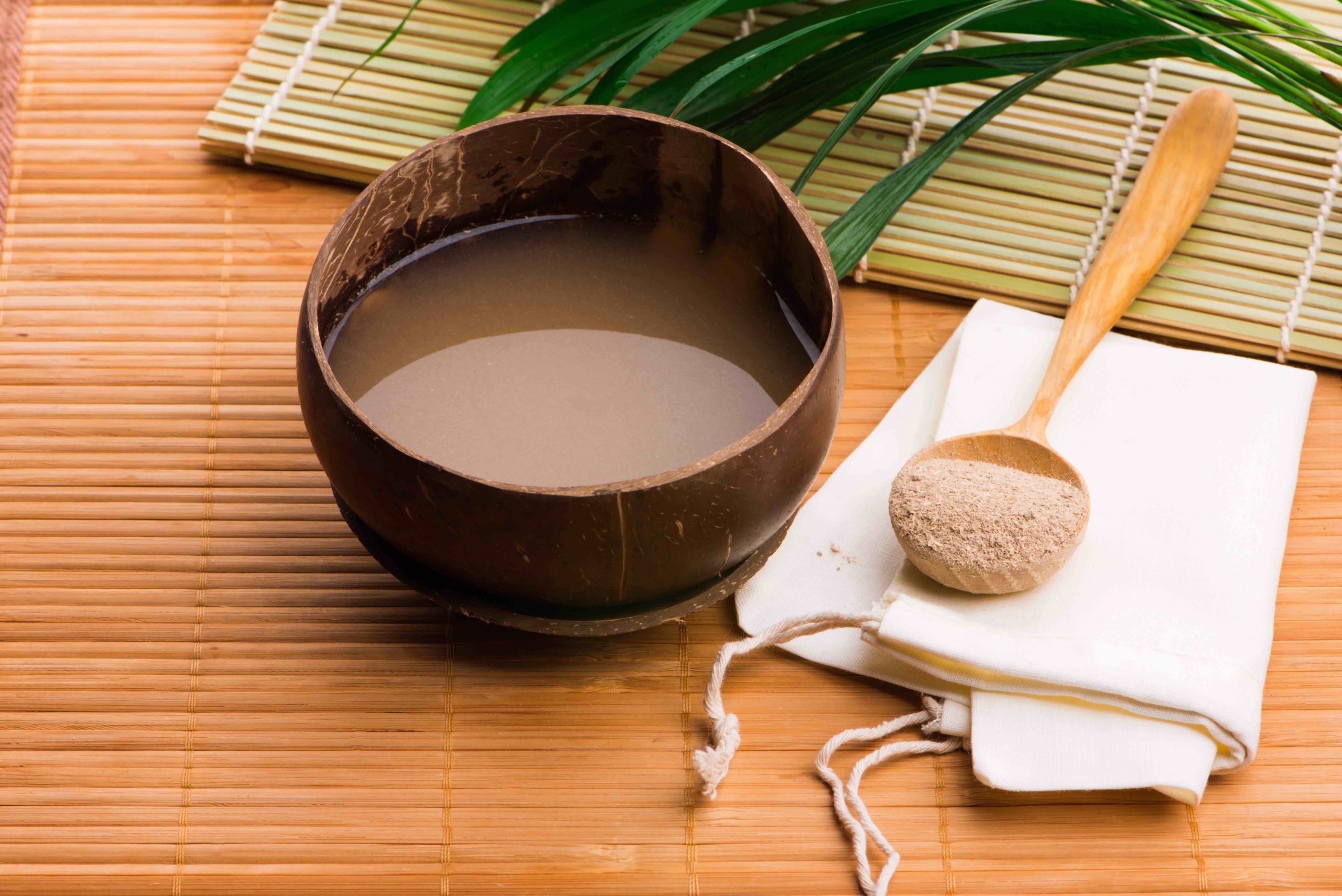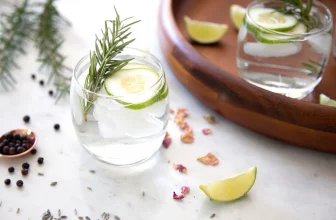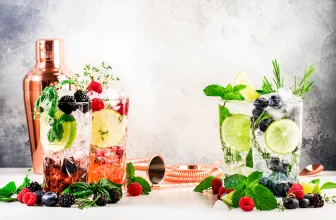
You’re not alone if you’re still wondering “What is kava?” Originally known as kava kava, this drink is a traditional Polynesian beverage that plays an important role in ritual and cultural experiences. It’s been spread around the world due to its interesting and sometimes helpful effects. While the Polynesians who invented the drink first chewed the root to prepare it for making into a drink, kava is instead available as a premixed drink, tea-like product ready to mix, or as supplements like gel capsules. No matter how it is taken, it is known to have a certain set of effects that can be described as calming, sedative, and muscle relaxing. Read up on what the drink is made from, how to mix it up, and what to expect from it to finally answer your questions about what is kava.
What Is Kava Made From?
Kava is a somewhat mystical-sounding name, which is appropriate given its importance in Polynesian culture. However, the word simply refers to the dried and powdered root of the Piper methysticum plant. Also called kava, this plant is harvested and processed so it can be consumed. As a dried root, it is too tough and resistant to heat to turn into a tea as you might with many other herbs. Powdering it allows for direct consumption, even in drink form. The name kava comes from the Polynesian word awa, which means bitter. Kava is in fact very bitter, which is why some people prefer alternative methods of consumption to drinking it. Kava is also mixed with a relatively small amount of liquid to reduce how much you have to drink to take a dose. However, this also has the effect of creating a thick and sometimes gritty drink.
What Kind of Effects Does Kava Have?
As an herbal dietary supplement rather than a tested and FDA-approved drug, kava doesn’t have any proven effects on the human body. However, research and anecdotal evidence point to a wide range of potential effects, including:
- Relaxation, especially muscle relaxation
- Sleepiness
- Reduced appetite
- Nausea
The amount of kava consumed largely controls the effects, but everyone reacts differently to it. Bodyweight and even fat composition can affect the ideal dosage for positive potential effects. The plant’s roots and stems contain kavapyrones. These chemicals are similar to alcohol when processed by the brain. This makes kava a depressant. Combining it with alcohol is not recommended for that reason, a fact often overlooked by people unaware of exactly what kava is. Studies are only just beginning to explore the long-term effects of taking kava on a daily basis, and finding the right dosage is largely a matter of experimentation for each individual.
How Can Kava Be Taken?
Traditional kava kava involves digging up fresh roots and stems, chewing them in the mouth after washing, and mixing the chewed root with water to make a drink. You don’t need to get that involved just to sample kava yourself. Instead, try a ground powder that can be mixed with cold water, warm water, or practically any juice or drink you prefer. Due to the bitter flavor, sweet drinks are often recommended for mixing with kava powder.
Another common option for using kava is taking the powder in capsule form. This eliminates the bitter flavor, but some people find that it increases the chances of negative side effects like drowsiness and nausea. It is easy to control the precise dosage of kava with capsules and it can be more convenient to take away from home. Kava powder takes a bit of effort to mix smoothly into a liquid, so a capsule may be easier for someone without the mobility or energy to repeat the drink-making process.
Sometimes kava is available mixed into foods or prepared drinks. These products are usually far more expensive than kava drink powder or capsules, but they can be a good way to sample it for the first time.
Where Is Kava Grown and Harvested?
The plant is native to Polynesia and the other Federated States of Micronesia, Fiji, the Samoas, Tonga, and Hawaii. It’s still largely grown for harvest on these islands as well. Some growing operations have been set up in other parts of Southeast Asia with compatible climates as well. Kava grown in the Pacific Islands tends to be considered of a higher quality than plants grown elsewhere.
Is Kava Legal?
In the United States, kava remains legal to federally purchase and consume as a dietary supplement, as of 2021. A few countries banned the supplement in the early 2000s after a few causes of liver damage were reported from some supplements containing kava mixed with other herbs and minerals. Since that ban was dropped largely around 2003 or 2004, there have been few attempts to regulate or ban it. This is in contrast to Kratom, another herbal supplement with stronger effects that has been banned by some states in the U.S. Even in these states, kava remains legal.
Are There Any Risks to Using Kava Drink?
Kava is a relatively safe herbal supplement, at least according to the current body of research. However, there is limited knowledge about its long-term effects on the body when used daily. It’s best to use it for less than six months at a time and then take at least that much time off again. This lets your body, specifically your liver and kidneys, recover from exposure to the kavapyrones. Taking too much kava can result in drowsiness, loss of muscle control, vomiting, headaches, and dizziness. Try starting with a small dose of 20 to 50 mg or less and trying more until you reach a dose that works well for you.
Kava is an intriguing herbal drink with a rich history of ritual use. Make sure to buy the powder from a reliable source, preferably one that sources the plant material from a native source that doesn’t damage the environment with plantation-style growing. Kava has been cited by many users as a way to reduce the dependence on pain medication and treat issues like insomnia, but there are no proven claims for this dietary supplement. Only personal experience can reveal what kava does for you.






